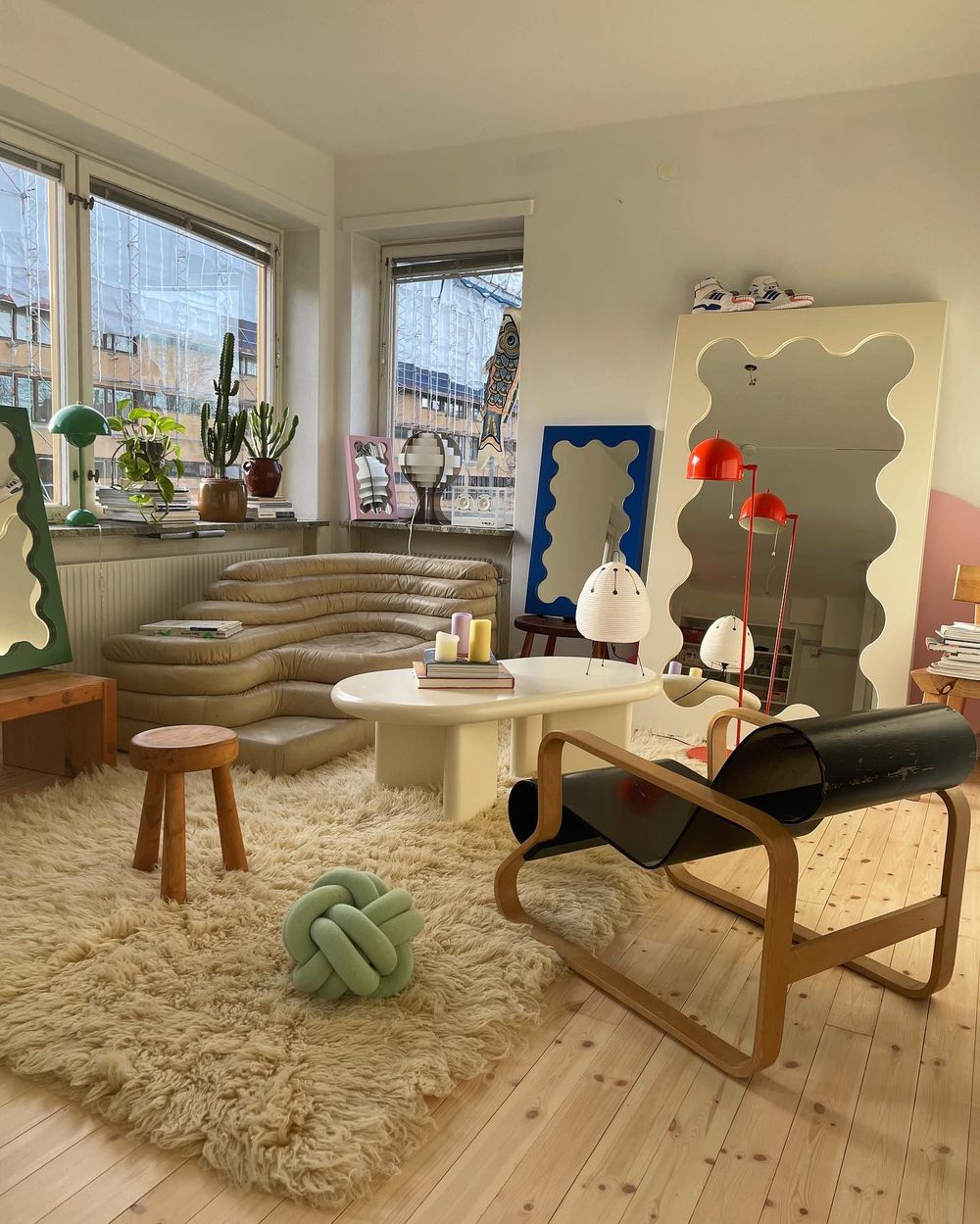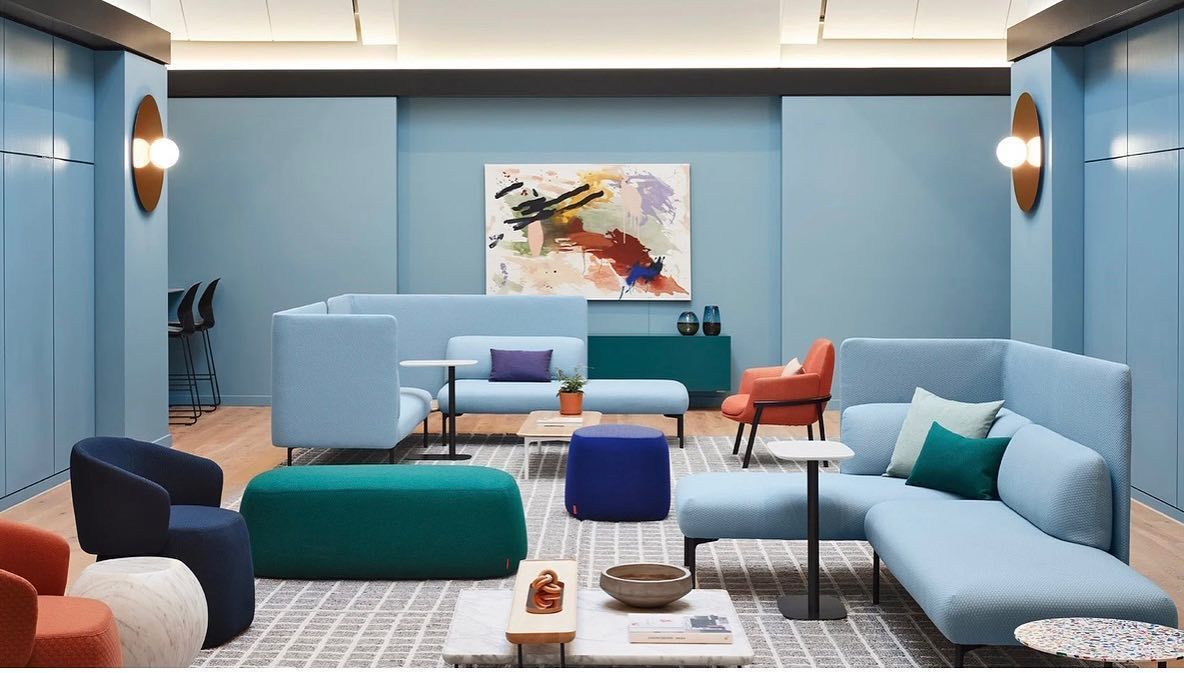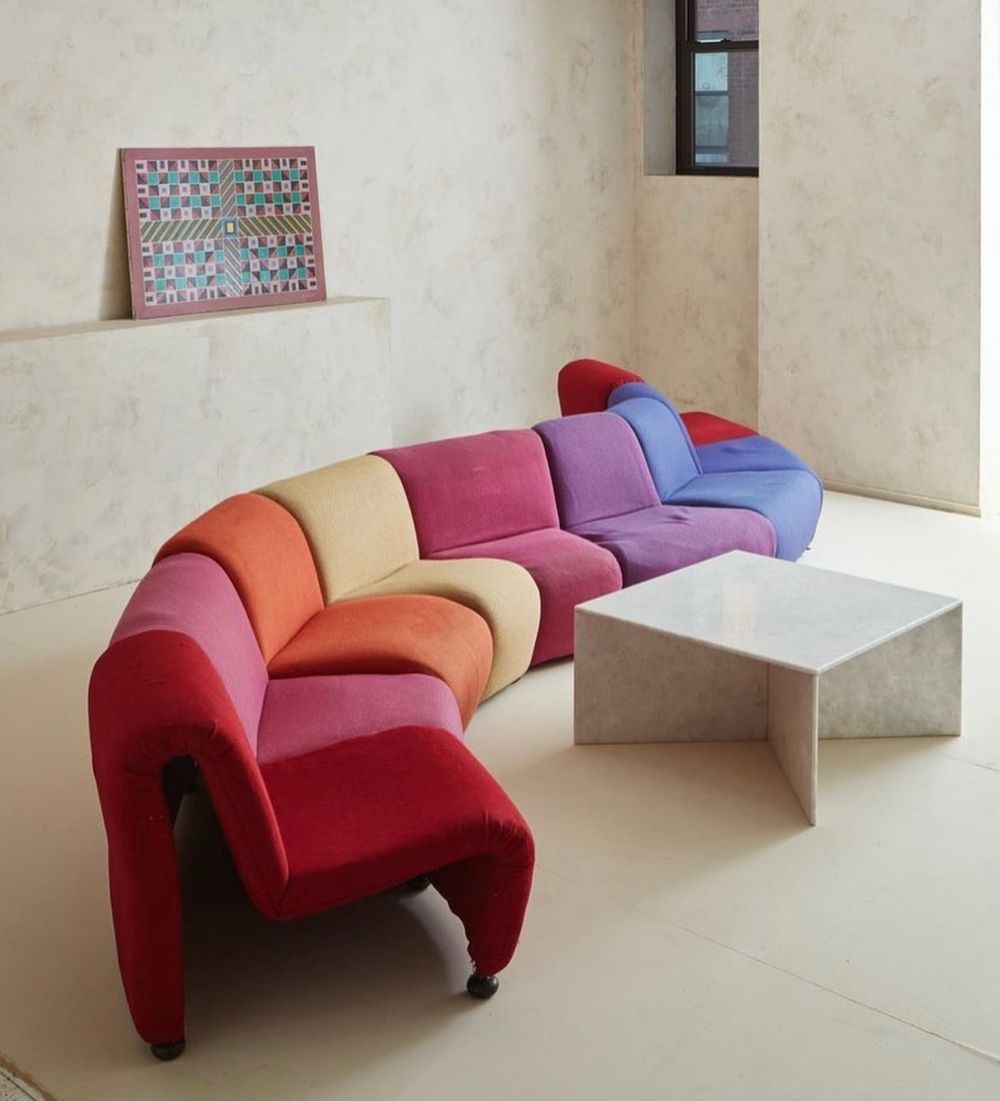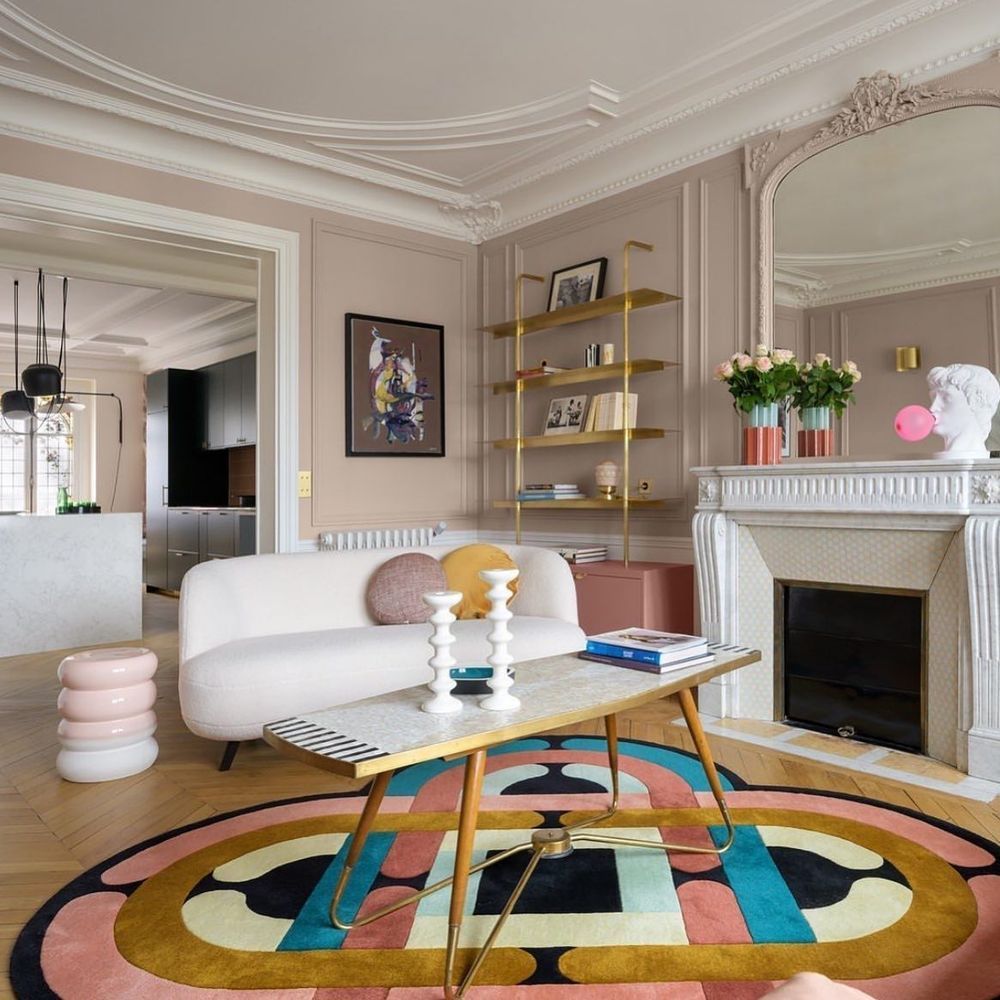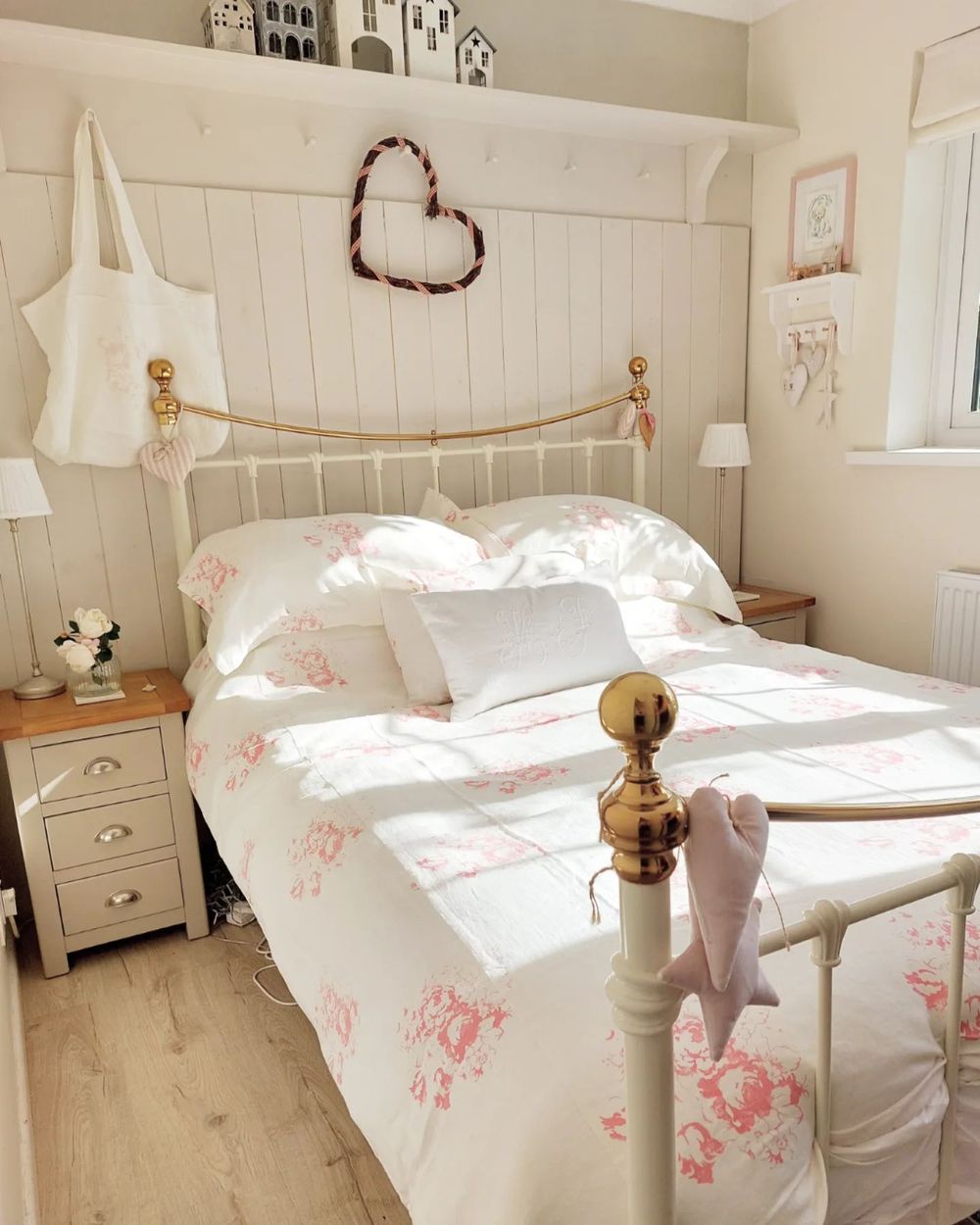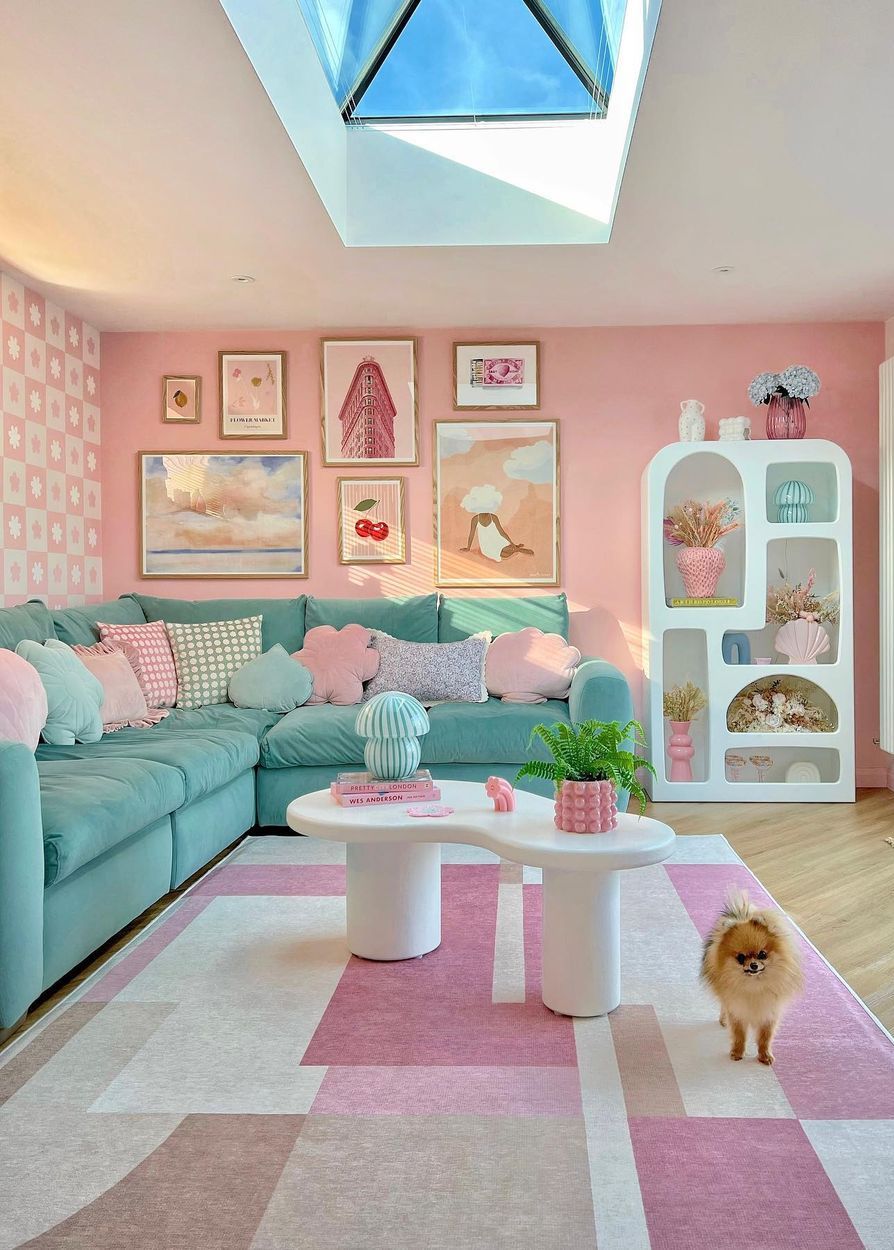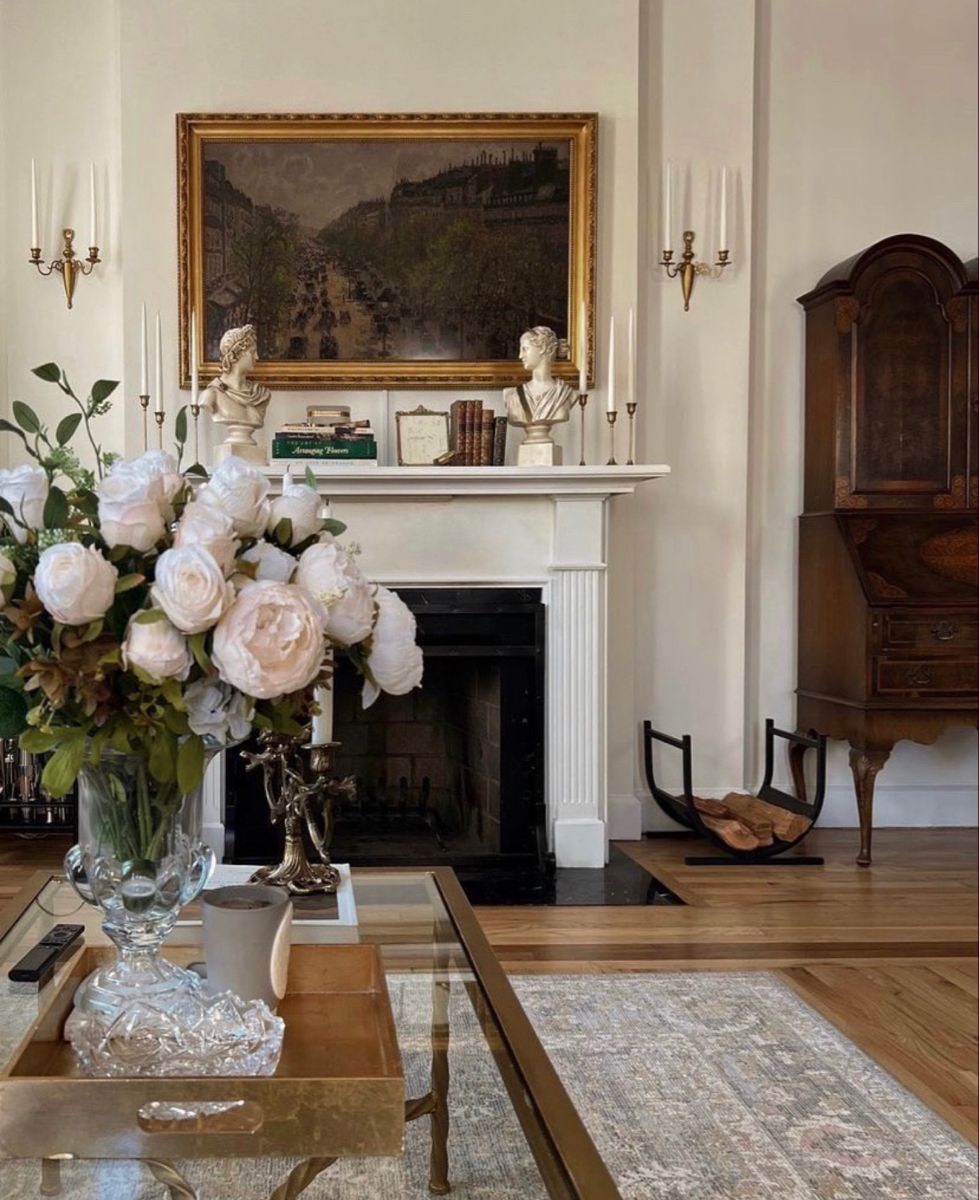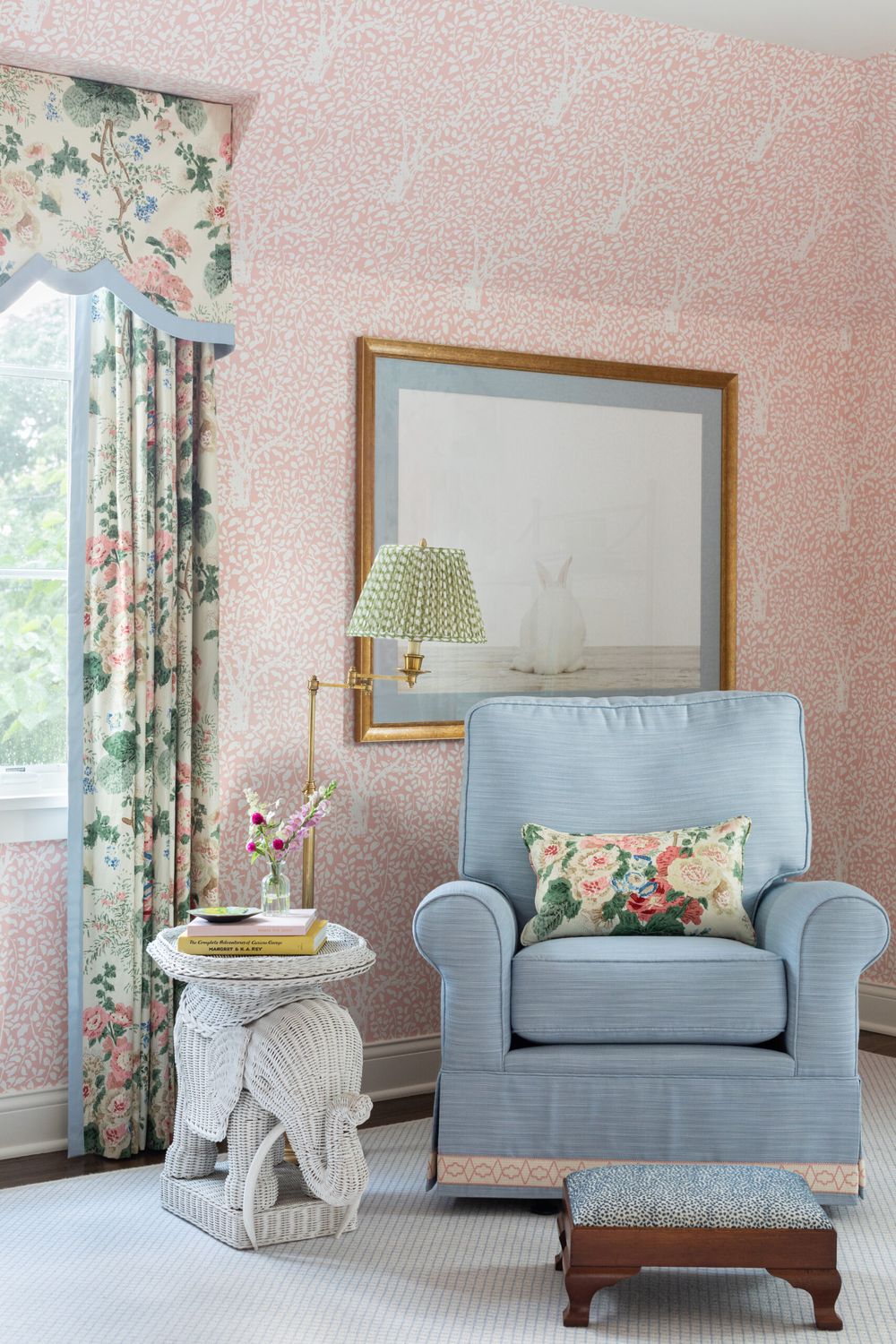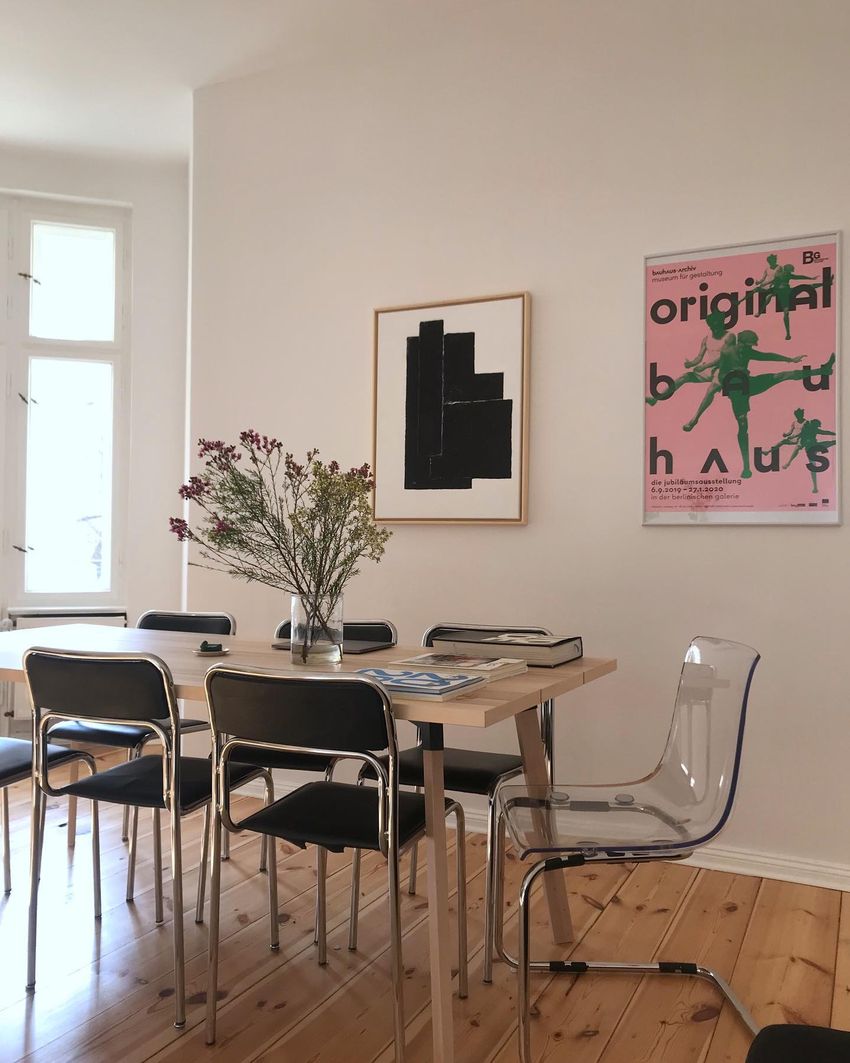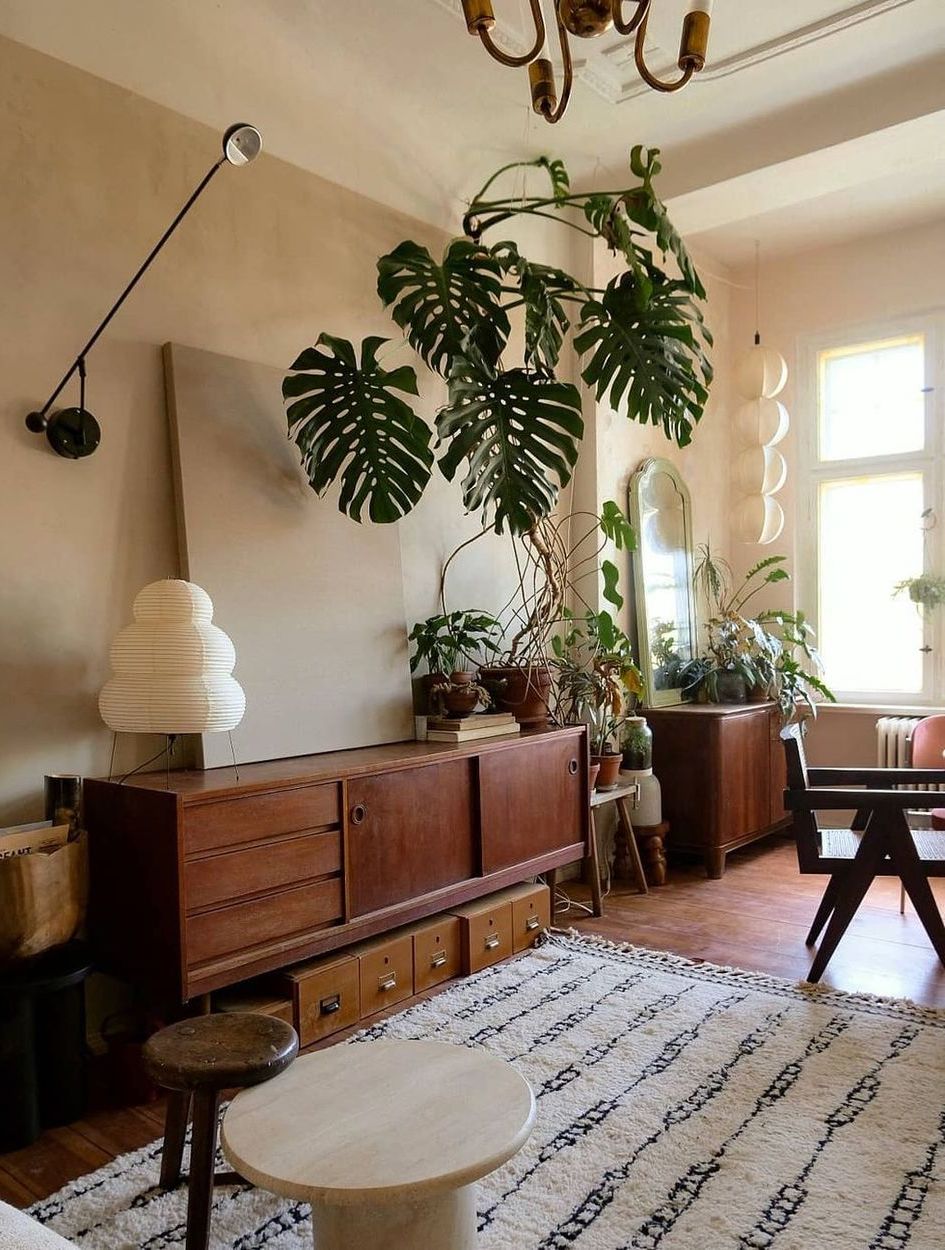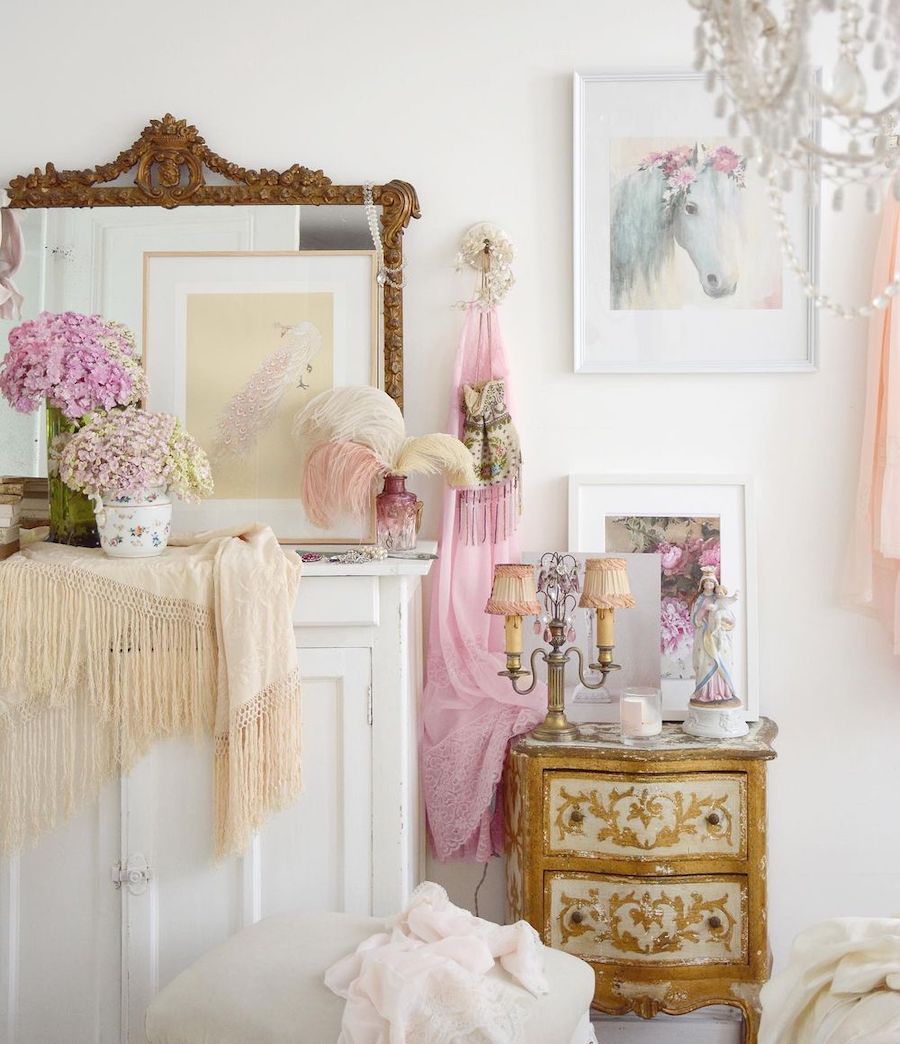You’ve probably seen postmodern home decor quite often without recognizing it by name. Today I’m going to share everything I know about this fun, whimsical, and creative home decorating style s you can see if it’s right for your home.
What is Postmodernism exactly?
Let’s go over the definition of postmodernism in relation to residential homes and apartments.
The Rise of Postmodern Home Decor
Postmodernism is a movement that emerged in the mid to late 20th century as a rejection of the rigid formalism and dogma of modernism. It represents a departure from traditional values and conventions, instead favoring individuality and self-expression. In the realm of home decor, postmodern style manifests as an eclectic mix of styles, colors, and materials.
Breaking Down the Core Concepts
At its core, postmodernism is characterized by skepticism towards grand narratives or metanarratives – overarching explanations or theories that attempt to explain all aspects of society and history. Instead, it favors a more fragmented perspective that acknowledges the diversity and intricacy of human experiences.
This skepticism also extends to traditional notions of beauty, truth, and objectivity. Postmodern design often incorporates irony or parody as a way to subvert established norms.
A Brief History of Postmodernism
The Evolution from Modernist to Postmodern Aesthetics
Postmodern home decor emerged in the 1970s as a reaction against the austere minimalism and clean lines associated with modernist design. Instead of stark white walls and simple geometric shapes, postmodern interiors embraced bold colors and patterns.
Furniture designs became more playful with organic shapes like amoebas or abstracted animal forms. Materials like plastic or neon were used alongside natural wood or stone.
The Memphis Group was one influential design collective that epitomized postmodern aesthetics in furniture design through its use of bright colors and unconventional materials such as laminates back in the 1980s. The rise of postmodernity has brought about an exciting new era for interior decoration – one where individuality reigns supreme over conformity to pre-existing standards.
It offers a refreshing departure from the modernist ideals that prioritize functionality and simplicity over style. By embracing a different perspective on design, postmodernism invites us to celebrate the richness and complexity of the human experience through our homes.
Characteristics of Postmodern Home Decor
Postmodern home decor is known for its dramatic and eclectic mix of styles, use of eye-catching colors and patterns, playful shapes, and childlike forms, as well as an emphasis on celebrating one self and personal expression. This style is all about pushing boundaries, breaking rules, and creating an overall sense of fun in your living space.
Bold and Eclectic Styles
One characteristic that defines postmodern home decor is the daring and whimsical mix of styles. Postmodern interiors are not confined to a single era or design style.
Instead, they incorporate elements from various periods such as Art Deco, Mid-Century Modernism, or even futuristic designs. Mixing styles creates a unique aesthetic that expresses your creativity.
Use of Bright Colors and Fun Patterns
Postmodern interior design often uses bright colors to create a visual impact. Think deep pinks, blues, or bright yellow tones paired with bold geometrics or abstract patterns. Post-modern designers have an affinity for clashing colors which results in bright bursts throughout the room.
Playful Use of Shapes and Forms
Another defining feature is the use of playful shapes such as circles, squares, and triangles in furniture pieces like coffee tables or chairs along with unexpected designs like modular furniture pieces that can be rearranged in different shapes. Incorporating these details add a sense of vibrancy within the space.
Emphasis on Flexibility
One of the most important characteristics of postmodern design is that it encourages greater flexibility to personalize spaces through unique arrangements of furniture. Each piece can be easily moved around depending on that day’s needs.
Designers embrace tailored expressions anywhere from handmade knickknacks to bespoke decor items. Inviting personal touches into your living space adds depth to it which helps reflect who you are making it special!
Furniture
What does postmodern furniture look like?
Mixing styles and eras
Postmodern home decor is really about mixing and matching different styles and eras. Furniture pieces from different decades create an eclectic atmosphere that’s unique to you.
Don’t be afraid to mix an antique armchair with a contemporary sofa, or a vintage coffee table with modern bookshelves. The key is finding balance, so think about color schemes, textures, and patterns when selecting pieces.
Use of unconventional materials
In postmodernism, the use of unconventional materials is celebrated. Look for furniture made from materials like plexiglass, metal wire, or even old car parts. These unexpected items will add postmodern whimsy to your decor without sacrificing function or style.
Geometric shapes and asymmetry
Geometric shapes are essential in postmodern home decor. From triangular chairs to curving sofas to hexagonal tables, incorporating different shapes into your furniture will make your space stand out. Asymmetry is also an essential part of this design aesthetic; consider interspersing different proportions in your furniture choices for added visual interest.
Lighting
What does post-modern lighting look like?
Artistic or sculptural light fixtures
Postmodern light fixtures are more than just practical illumination objects; they can become works of art in postmodern home decor. Look for sculptural designs that play with form and color to add visual curiosity to your space.
Use of neon or LED lights
Neon or LED lights can add a funky touch to your postmodern decor. Choose vibrant colors like pink or green for lighting accents that pop against neutral walls.
Incorporation of natural light sources
Natural light sources are just as important as artificial light when it comes to postmodern home decor. Think about how you can maximize the light coming through windows and skylights. Consider sheer or translucent window coverings to let the light in while maintaining privacy.
Walls & Floors
How can you decorate the walls and floors of a postmodern home?
Use bold patterns, prints, textures, murals, or graffiti art on walls
Postmodern home decor is all about making a statement, and your walls are no exception. Bold patterns or prints can add visual interest to a neutral room, while murals or graffiti art can become the focal point of a space.
Mix different types of flooring like tiles, wood, concrete
As for postmodern flooring options, mixing different types of materials is key. Consider combining wood floors with colorful tiles in a kitchen or bathroom for an unexpected twist. You could also opt for polished concrete floors in a living room for an industrial vibe that’s still comfortable and inviting.
Postmodern Decor & Accessories
Here are the decorations and accessories used as the finishing touches in postmodern homes.
Artwork & Sculptures Reflecting Post-Modernism
One of the fundamental aspects of postmodernism is its emphasis on visual self-expression. Artwork and sculptures are a great way to showcase this concept in your home decor.
Abstract artwork with bold colors, shapes, and lines can create an eye-catching focal point in a room. You can also choose sculptures made from non-typical materials such as recycled metal or glass to add some post-modern flair.
Rugs with Colorful Geometric Patterns on the Floor
Another way to add a touch of post-modernism to your home decor is by incorporating rugs with geometric patterns. Bold colors like red, yellow, or blue can make a statement while still tying into the playful and eclectic nature of post-modern style. Choose rugs with bold shapes like circles, squares, or triangles that complement other elements of your decor.
Mirrors to Reflect Your Creativity
Mirrors are an essential part of any home decor but using them creatively can add unique touches to your space. Hang mirrors in unusual shapes or arrange them in creative patterns to add visual appeal to walls. Mirrors reflect light beautifully and create an illusion of space making it an ideal accessory for small spaces. The Ultrafragola mirror would be a fantastic addition to any postmodern apartment or house.
Postmodern home decor is all about breaking free from traditional design conventions and embracing individuality and playfulness in interior design without compromising on elegance or sophistication. It’s characterized by bold styles, bright colors, unconventional materials used, asymmetrical shapes, and emphasizing personality over everything else. By infusing some artistic accessories such as abstract artwork, geometric patterned rugs, or playful mirrors you can bring out the best qualities that post-modernism has to offer into your own living space!
